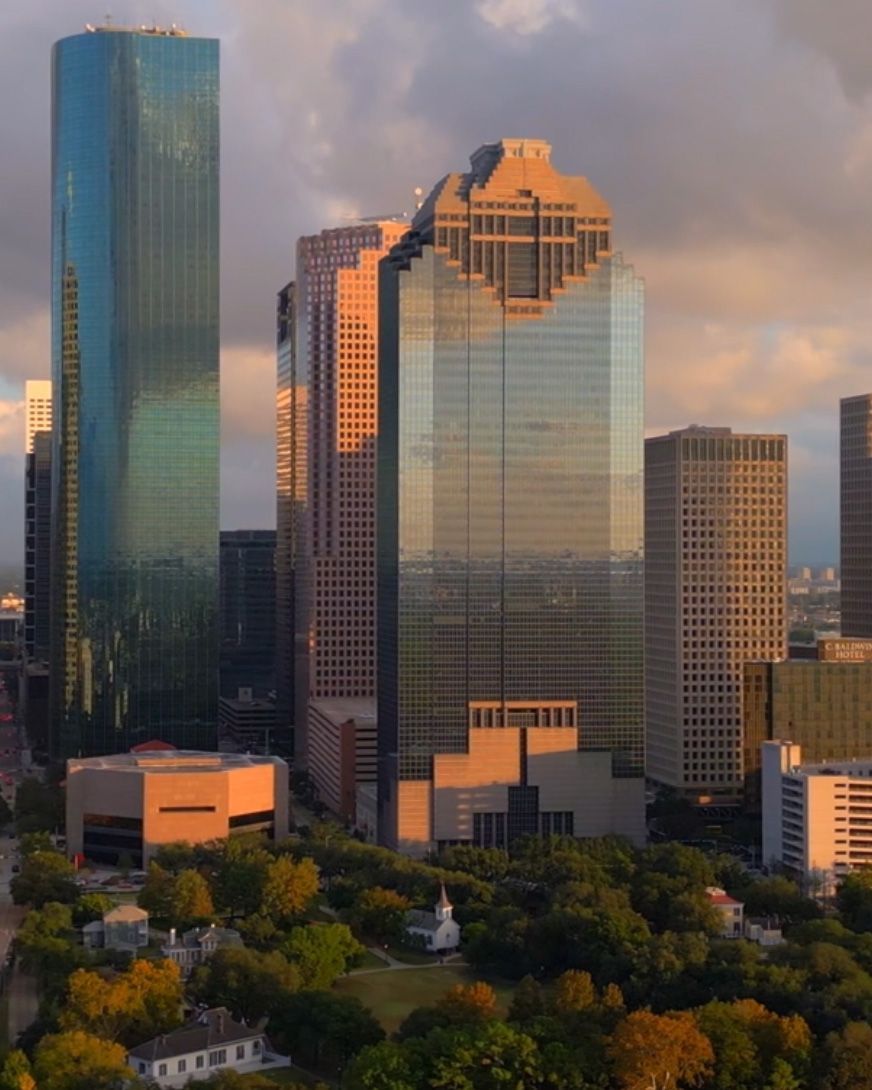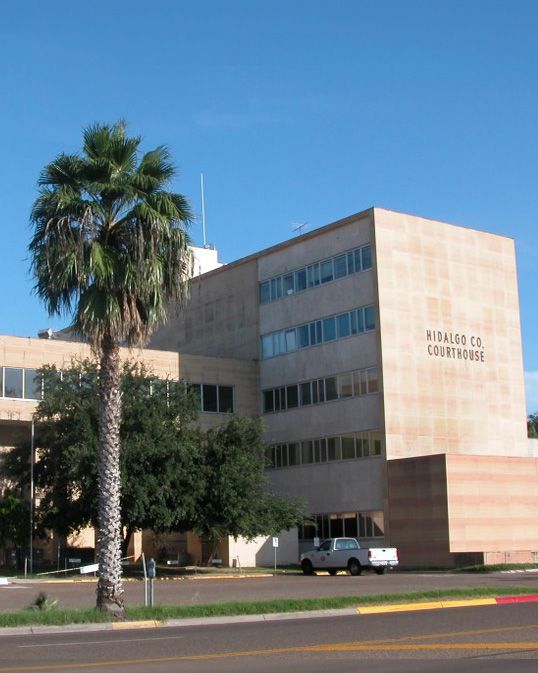Is It Important to Take Pictures After a Car/Bicycle Accident?
LAW BLOG •
The scene of an accident tends to be a hectic place. There are a lot of moving pieces, and events proceed quickly. In a matter of hours, you may be at the hospital or at home and your car may be towed off, leaving you with only a memory of what happened, witness accounts, and a police report to back up your story. Pictures provide empirical evidence of what took place.
If you can, always take pictures after an accident. In the days or weeks after your accident, you may be asked to recount the details of your story several times to doctors, insurance adjustors, and attorneys. Pictures make it easy to identify key pieces of evidence and can help you address any erroneous accusations or undervalued settlement offers. They can even justify your claim after suffering from an injury during the accident.
How to Take Effective Accident Pictures
Once you have surveyed the scene and called 911, pull out your smartphone or camera. If you do not have a smartphone, consider keeping a disposable camera in your car for this purpose. Set digital cameras to include timestamps. A smartphone should automatically record the date and time the picture was taken. It is often better to get multiple pictures than to try to record video of the scene, but including video along with pictures may help investigators piece accident details together later on. Consider these additional tips:
- Start big. Take a few sweeping photos of the accident , including as much of the overall scene as possible. A panoramic photograph may work well if you have that option and the scene requires a larger frame of reference.
- Record traffic signs and road conditions. Take pictures of the street view from a few different angles. This information could be vital to proving fault in the accident.
- Photograph vehicles and damage. While it is important to document your own vehicle’s damage, you may also want to take a few pictures of other vehicles involved in the accident to help build a picture later on. Take detailed pictures of all vehicle damage as well as vehicle orientation and skid marks on the road. Include shots of the license plate on each car to prove vehicle ownership later on.
- Take pictures of any visible injuries. If you have lacerations, broken bones, or other visible injuries, take a picture as soon as possible. Remember to document all subsequent medical visits, as well.
- Include other property damage. If you were carrying your computer or other valuables in the vehicle, take pictures of the damage. Without photo evidence, it may be difficult to prove a certain item was actually in your vehicle at the time of the accident.
- Document the weather. Take pictures of the sky, horizon, and any weather conditions that may have been involved in the accident. It is common for at-fault drivers to try to use weather conditions to their advantage, and photographs will show the real story.
- Photograph people. In the days after an accident, you may start to forget the faces and names of the people who were on the scene of the accident. Try to snap pictures of the others involved in an accident, police officers, and medical attendants who attended to the site.
Keep your camera with you in the days following an accident. Document any further injuries that were not immediately apparent at the scene of the accident. Do not worry if you forget to take certain pictures at the time of the accident. You can return to the scene with a better camera to get more supplementary details. If you are injured, your first priority should be to seek medical attention. Ask a passenger who has not been injured to take pictures for you, or have a family member return to the scene in the next few days.
The post Is It Important to Take Pictures After a Car/Bicycle Accident? appeared first on GES Injury Attorneys.
Every state limits the amount of time you have to file a claim.
Don't Delay.
Contact the Attorneys at Gordon & Elias, LLP Today to preserve your right to a recovery.
Contact Us
We will get back to you as soon as possible.
Please try again later.
100% FREE CASE EVALUATION
Free Consultation • No Fee If No Recovery



